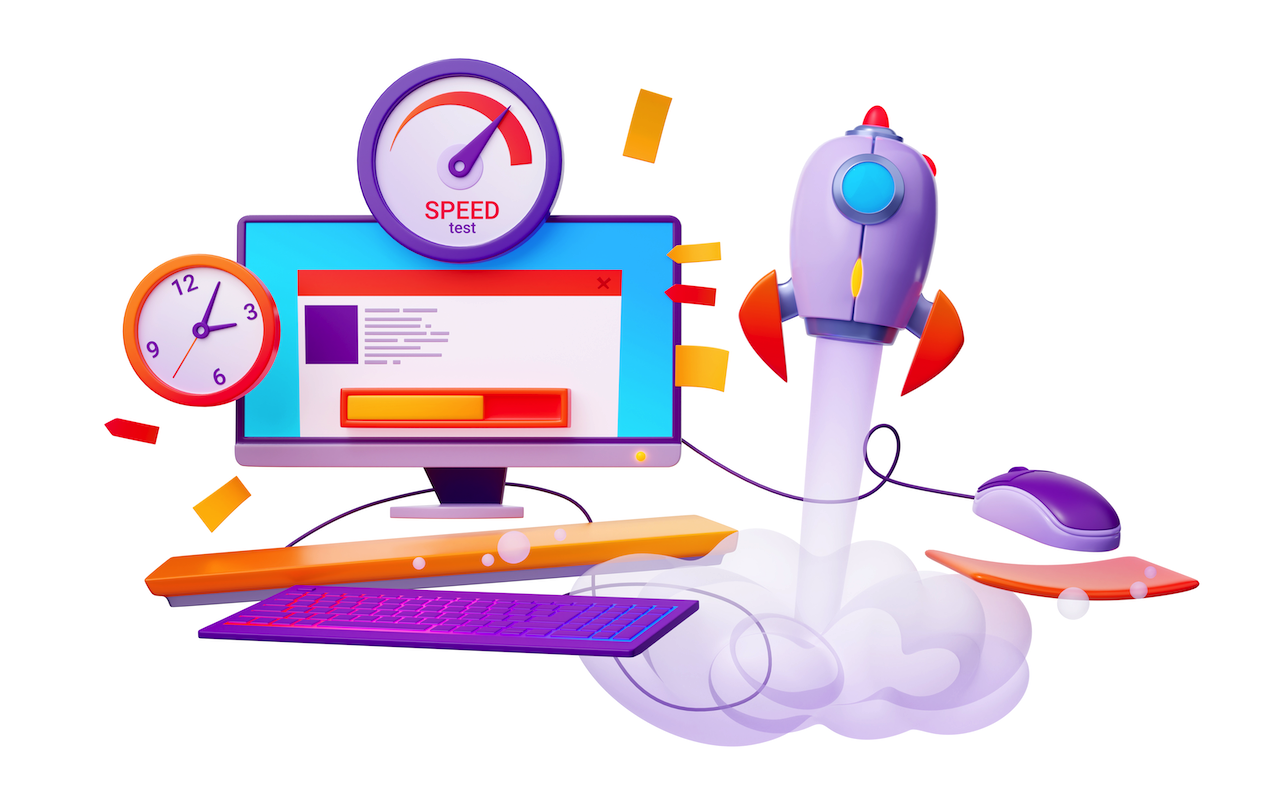
Ethernet cables have a wide range of uses and continue to remain popular even after the rise of wireless networking systems. In wired networks, they serve as the main component that keeps all devices connected.

Ethernet cables have a wide range of uses and continue to remain popular even after the rise of wireless networking systems. In wired networks, they serve as the main component that keeps all devices connected.

Packet loss is the quiet saboteur of small office networks. Pages feel sluggish, voice calls chop, and video meetings freeze at the worst moment—often when nothing “looks” wrong. The good news: most loss isn’t solved by buying new hardware. It’s fixed by measuring precisely, tightening a few configurations, cleaning up the physical layer, and smoothing out traffic spikes. Let’s walk through what to do, step by step, using the gear you already have.

Do you love to play games online? Do you like to stream your games for all to see? A good internet plan is a must for this. It is like the road your game lives on. A fast and clear road means a good trip. A slow road means your game might lag. It might even stop. This guide will help you find the best plan for your needs.

Choosing the right internet provider can pose a significant challenge for enterprises, particularly in this modern era. Selecting the correct provider becomes essential as the digital landscape keeps changing to ensure all operations function smoothly. However, knowing the high-level stuff and its implications can help companies make informed decisions.

Dense Wavelength Division Multiplexing (DWDM) is one of the key technologies that supports the backbone of today’s global communication systems. The continuous growth of cloud platforms, video streaming, fintech services, artificial intelligence, IoT, and remote work applications requires massive amounts of bandwidth delivered with low latency and high reliability. DWDM equipment allows network operators to multiply the capacity of existing fibre infrastructure by transmitting many data streams on different wavelengths of light within the same optical cable.

The internet is powered by IP addresses—unique identifiers that allow devices to communicate across networks. For decades, IPv4 (Internet Protocol version 4) has been the standard. But as the number of connected devices exploded, the world began transitioning to IPv6 (Internet Protocol version 6). While IPv6 adoption is growing, IPv4 remains vital for many businesses. In this article, we’ll explore the main differences between IPv4 and IPv6, their pros and cons, and why companies often need access to both.

Does your IT system feel like a house built on shaky ground? Many business owners struggle with outdated networks, scattered support teams, and constant downtime. These issues waste time and leave critical systems vulnerable to cyber threats. Here’s the good news: combining support services with network management can make a significant difference. A coordinated approach enhances performance while minimizing risks. For instance, businesses that implement centralized management often experience fewer outages and improved security. This blog will guide you on how to reinforce your IT infrastructure step by step. Prepare to explore effective tools and strategies for better operations. Stay tuned!

In today's hyper-connected world, privacy and cybersecurity threats are no longer limited to the corporate firewall and data center. With the spread of IoT devices, remote deployments, and edge computing, network defense has become increasingly decentralized. One solution that leads the pack is the secure embedded gateway—a hardened, smart edge device capable of filtering network traffic and imposing privacy policies in real time, even in extreme environments.

Sometimes, your internet speed decides your mood, especially if you are working from home or streaming your favorite show. A poor internet connection can be frustrating and even disruptive. And if you’re sharing your Wi-Fi with family, friends, or roommates, chances are your speed takes a hit more often than you’d like. But the solution isn’t as complicated as it seems. You don’t have to learn geek speak. Just a few smart moves can transform your laggy connection. Here are five simple yet effective ways to boost your internet speed while sharing your network.

The idea of Piso is very simple, affordable, and revolutionary. Piso is a coin-operated internet system. It is a computer rental system that offers internet access to users for 1 peso (Philippine currency) for 5 to 10 minutes, which is remarkable. It was a revolutionary for the Philippines and continues to play a role in the progress of remote or impoverished areas of the country. It was first introduced in 2010 and soon became the most popular, as it is quite easy to use and accessible for everyone. It operates simply by using a computer system and a timer box connected to a coin slot. Below, you will learn how it works.